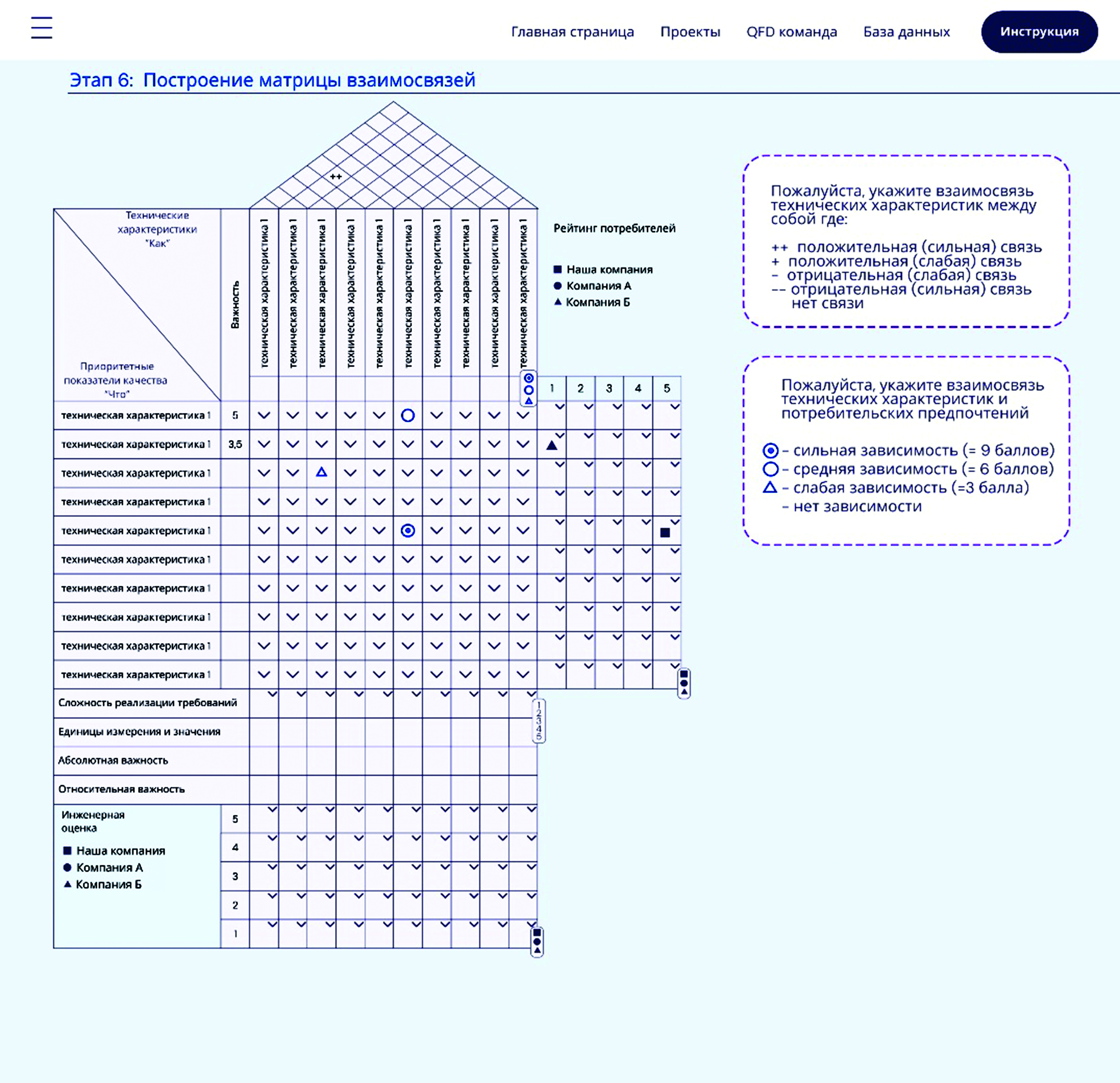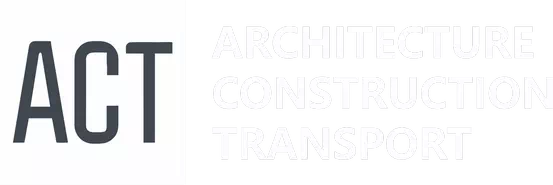The scientific and information journal "Architecture, Construction, Transport" ("Arkhitektura, stroitel'stvo, transport") addresses a wide range of theoretical and practical issues aimed at solving problems in the field of architecture, construction, and transport. The purpose of the journal is to create an accessible information and communication space for discussing new knowledge and approaches, making sense of long-standing phenomena, analyzing and explaining recently discovered ones, and introducing scientific and technical achievements into practice.
The main objectives of the journal are: providing scientists with the opportunity to publish the results of their research, drawing attention to the currently important and promising scientific research results, as well as covering best practices and real achievements in major areas of knowledge.
The target audience is Russian- and English-speaking readers. Readers from different countries could:
- - find an article by its English elements;
- - read the text of the article in their native language, using machine translation.
The journal "Architecture, Construction, Transport" is included in the list of peer-reviewed scientific journals published by the Higher Attestation Commission in which the main scientific results of dissertations for the degree of candidate and doctor of science should be published. It is indexed in RINC, in international database ROAD (Directory of Open Access Scholarly Resources), and in database VINITI. The journal is also available on the Lens.org and Semantic Scholar platforms, as well as in the open-access scientific literature database OpenAlex. Full texts of the articles are available in the electronic scientific library Cyberleninka.
All articles have gold open access status. Articles are licensed under Creative Commons «Attribution» 4.0.
The publication is free
Topics
- Architecture
- Construction
- Transport
- Mechanical Engineering
- Vector of Science
The content of the journal’s sections corresponds to the branches of science and groups of specialties of scientific workers from the "Nomenclature of scientific Specialties" used to award academic degrees (List of peer-reviewed scientific journals published by the Higher Attestation Commission).
- 2.1.1 Construction structures, buildings and facilities (engineering sciences)
- 2.1.2 Bases and foundations, underground structures (engineering sciences)
- 2.1.3 Heat supply, ventilation, air conditioning, gas supply and illumination (engineering sciences)
- 2.1.4 Water supply sewerage, construction systems for water resources protection (engineering sciences)
- 2.1.5 Construction materials and products (engineering sciences)
- 2.1.8 Design and construction of roads, subways, airfields, bridges and transport tunnels (engineering sciences)
- 2.1.9 Structural mechanics (engineering sciences)
- 2.1.11 Theory and history of architecture, restoration and reconstruction of historical and architectural heritage (architecture, engineering sciences, art history)
- 2.1.12 Architecture of buildings and structures. Creative conceptions of architectural activity (architecture, engineering sciences)
- 2.5.5 Technology and equipment for mechanical, physical and technical processing (engineering sciences)
- 2.5.6 Machine-building technology (engineering sciences)
- 2.9.5 Operation of motor transport (engineering sciences)
Information section "People, Events, Facts"
This section covers first-person perspectives on architecture, construction, transportation, and related industries (housing, ecology, urbanism, and others).
To publish in the "People, Events, Facts" section, send materials to ast@tyuiu.ru.
Placement of advertising layouts in the magazine is paid.
















